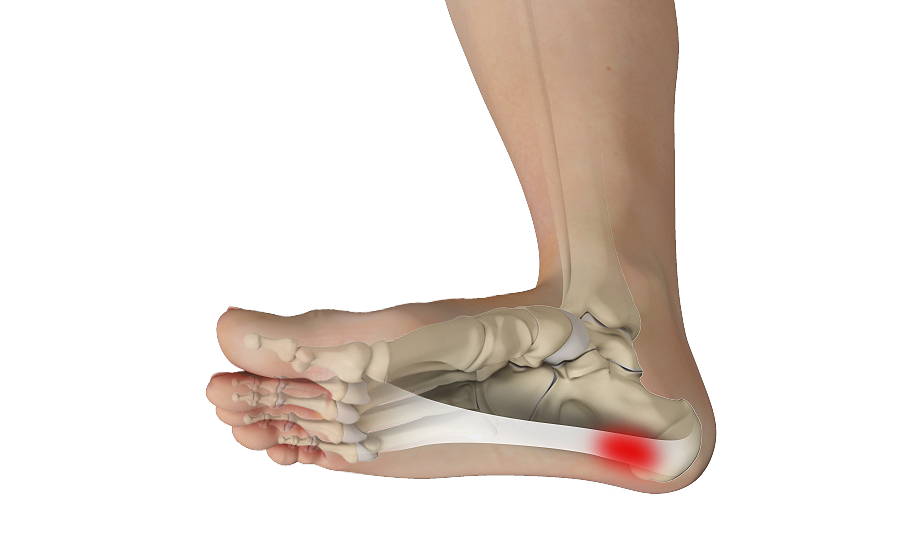Hepatoprotective Effects of Mushrooms
March 19, 2022
Medicinal mushrooms are a type of edible fungi that have various healing properties, from their nutrition and unique medicinal constituents.
The number of different kinds of mushrooms in the earth is estimated to be around 140,000. And it’s about only 10% of the species have already been described and about 2,000 of them are edible. Less than 25 species are largely used as foods, being produced in commercial scale. As food the mushrooms are world-wide appreciated for their taste and flavour and are consumed both in fresh and processed form. They are poor in calories and rich in proteins, fibers, carbohydrates, and important vitamins such as thiamin, riboflavin, ascorbic acid and minerals. Studies have demonstrated that the regular consumption of mushrooms or the consumption of isolated bioactive constituents present in mushrooms is beneficial to health. They are usually considered functional foods or nutraceutical products.

